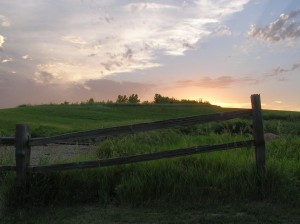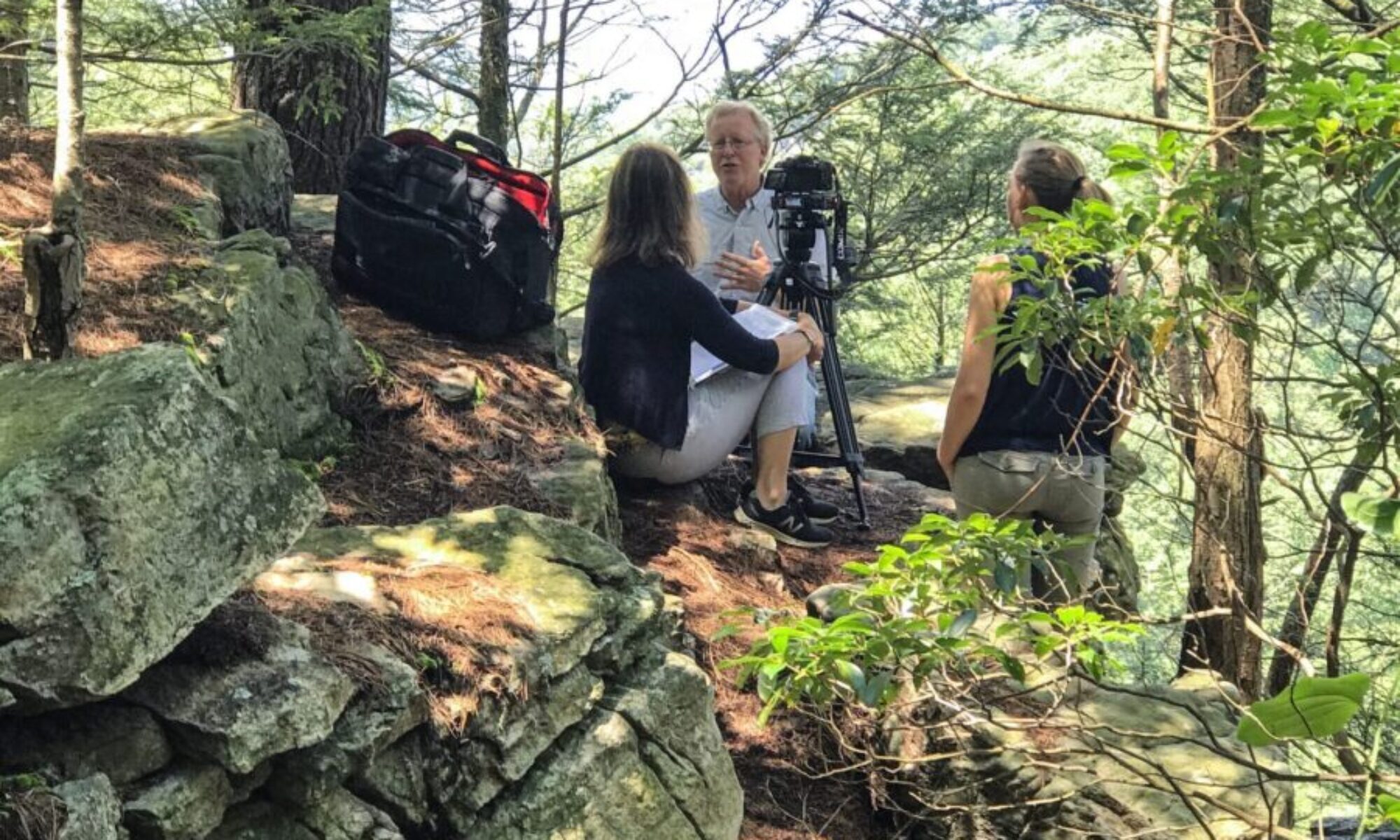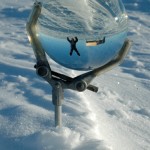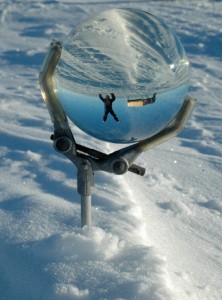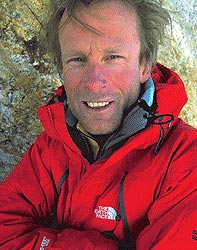Hello there. I am Lisa Palmer and welcome to my site. I’m a journalist and writer, a contributor to magazines and online media sites, a freelance editor, a backpacker, a NOLSie, a cyclist, a wife and mother, and a student of the piano hooked on the classic techniques of nineteenth century pianist Charles-Louis Hanon. I’ve written a lot of news and feature articles on science, green energy, climate change, green building and design, and the environment; and I’ve posted some stories here. There’s also information about my background and my professional affiliations.
Since becoming a freelance writer in 2000, I have written on everything from biotechnology and dramatic medical narratives to green tech and sustainable agri-business for leading magazines and newspapers. Recent projects include freelance stints as a writer and editor for the National Academy of Sciences and as a producer of a reporting guide for journalists covering the green jobs beat for the Knight Center for Specialized Journalism. I am a graduate of Boston University and earned my master’s degree at Simmons College in Boston. Prior to my career as a writer, I was a teacher and a research analyst.
My greatest strength as a writer lies in my ability to jump among diverse communities. Some days I’ll write about a prenatal blood test or cover stories in high crime and poverty neighborhoods. Other days I’ll interview a NASA scientist, talk with the superintendent of an urban school about education reform, sit down with a CEO of a Fortune 500 company to discuss climate change, or have a Tony award winner show me his latest set design. That said, I am deft at covering a variety of topics in both ends of the socio-economic spectrum without pandering to subjects or readers.
I am also a skilled and enthusiastic moderator and speaker. I have appeared before university audiences and at numerous conferences, including the Society of Environmental Journalists’ annual conference. To hire me as a speaker, click here.
Thanks for visiting lisapalmer.com and stop back soon.
We had a couple of writing interns join our group this month. To track writing assignments for the technology blog, I’ve been using JIRA. JIRA is
online assignments Effective written communication is an integral part of science education. In this hub the author has shared some new ways to amalgamate writing and science
Electronic Cigarettes – What are they? And which ones are Best? Get Answers and Expert Opinions at ElectronicCigarettes.net
buy cigarettes online VIP® 2012 Save 20% on UK Electronic Cigarettes. The VIP Electronic Cigarette tobacco-free smoking alternative. The Electronic cigarette or e-cigarette tastes
The Dissertation Writing Institute is for graduate students whose research is complete or nearly complete, who have conceptualized the principal elements of the
dissertation help uk Thesis, dissertation writing is what our professional writing service provides. Get 24/7 customer support and a 15% discount for all services.
